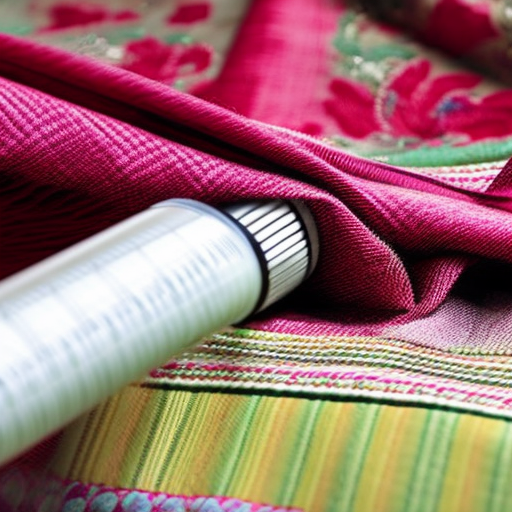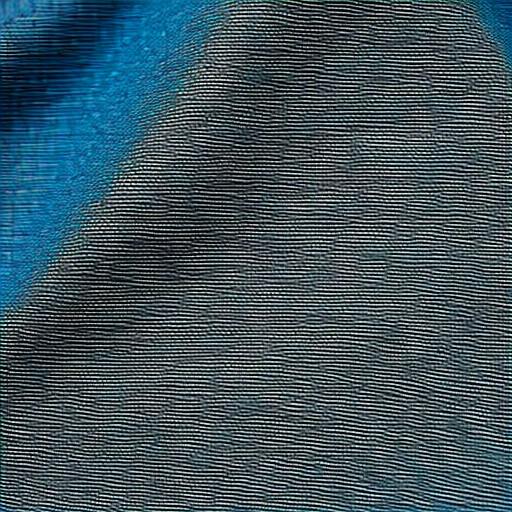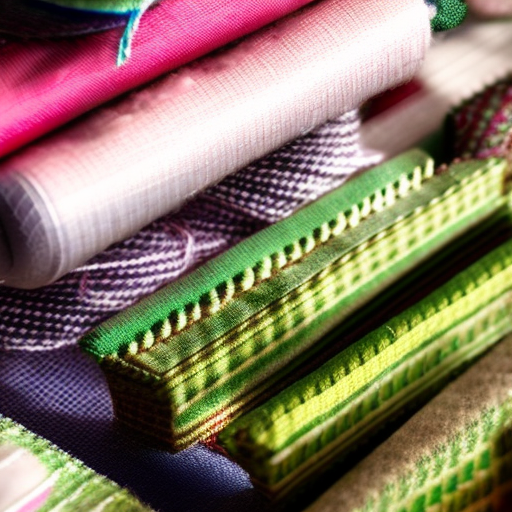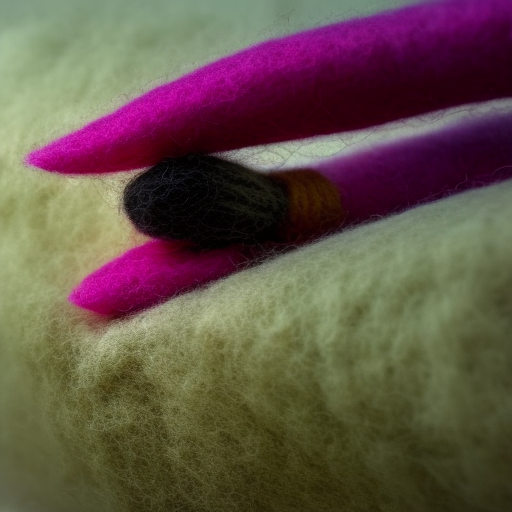
Introduction
Sewing is an empowering and rewarding skill that allows you to create beautiful garments and mend your favorite clothes. While many sewing tasks can be accomplished using a sewing machine, there are times when sewing fabric by hand is necessary or preferred. Whether you need to make tiny repairs, sew delicate fabrics, or simply enjoy the meditative process, hand sewing is a valuable technique to have in your sewing repertoire.
Tools and Materials
Hand sewing requires a few essential tools and materials:
- Needles: Invest in a variety pack of needles to ensure you have the right needle for different fabrics and purposes.
- Thread: Select a high-quality thread that matches your fabric for seamless and secure stitches.
- Scissors: Keep a pair of sharp scissors specifically for cutting thread and fabric.
- Pins: Use pins to hold fabric pieces together before stitching.
- Thimble: Protect your finger by wearing a thimble when pushing the needle through tough fabric.
- Measuring tape: Accurate measurements are crucial for precise sewing, so keep a measuring tape nearby.
Basic Hand Stitching Techniques
Master these basic hand stitching techniques to tackle any sewing project:
- Running stitch: This simple stitch involves inserting the needle up and down through the fabric, creating even stitches.
- Backstitch: Ideal for secure seams, the backstitch involves overlapping each stitch with the previous one.
- Slip stitch: Perfect for invisible hems or closing openings, the slip stitch requires picking up a small bit of fabric on each side and pulling the needle through.
- Blanket stitch: Great for finishing raw edges, the blanket stitch creates a decorative border while securing the fabric.
Tips for Hand Sewing
To make your hand sewing experience enjoyable and successful, consider these tips:
- Start with a knot: Always double knot your thread before starting to sew to prevent it from slipping through the fabric.
- Use proper lighting: Sewing in a well-lit area will help you see your stitches clearly and avoid mistakes.
- Take regular breaks: Hand sewing can be time-consuming, so remember to rest your fingers and eyes frequently.
- Practice makes perfect: Don’t get discouraged if your first stitches are uneven. With practice, your hand sewing skills will improve.
- Choose the right needle: Different needles work better with specific fabrics and stitches, so experiment to find the best combination.
- Secure your work: Always make sure to tie off your thread securely at the end of a seam to prevent unraveling.
Conclusion
Sewing fabric by hand is a timeless skill that offers flexibility and precision in your sewing projects. By learning various hand stitching techniques and using the right tools, you can achieve beautiful results while enjoying the meditative and creative process of hand sewing.





Easier said than done
Gemma Watson: Love the idea! #creativity
Leah Rogers: What a great way to spend some quality time!
Cameron Davidson: Wow, that’s really impressive 👏
Fabric sewing by hand can be a truly gratifying experience, especially when creating something unique and beautiful. Taking the time to be creative and craft something with your own hands is a fantastic way to express your personality and style. #DIY
Absolutely! Can’t wait to get started.
Sewing fabric by hand is very empowering and rewarding!